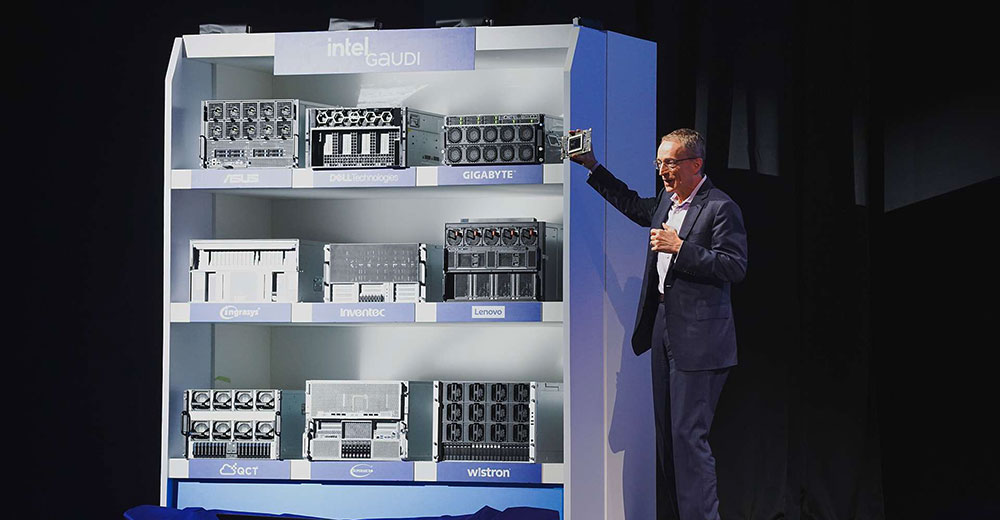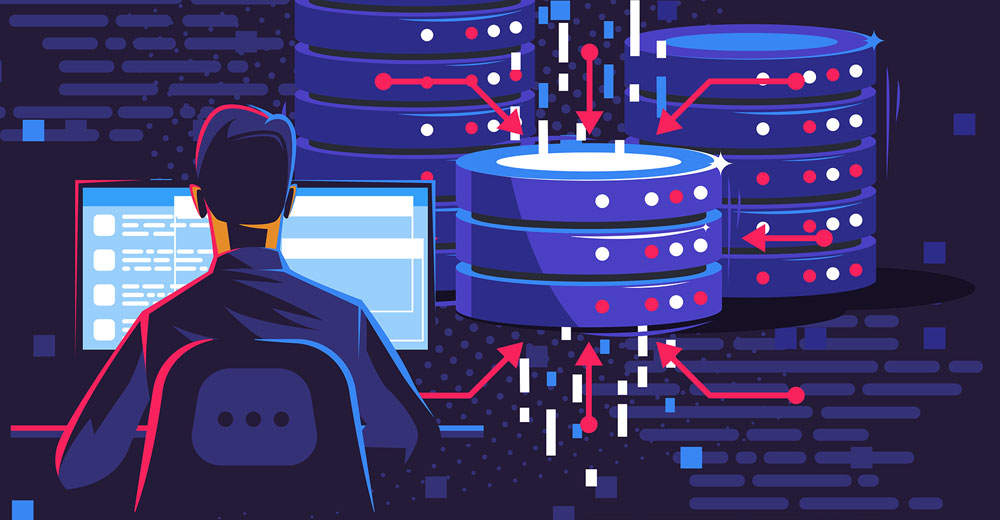Anyone who has attempted to adopt Salesforce cloud solutions in an enterprise environment knows that it may not be as easy as expected because of the additional effort typically required to integrate various data sources.
This is a common problem that has plagued the enterprise application industry since its inception. In fact, it spawned an entire subsegment of data integration solution vendors and systems integration service providers that have prospered by helping organizations overcome their data integration challenges.
However, by spearheading a new generation of cloud-based Software as a Service alternatives, Salesforce gained control of the enterprise application marketplace. The SaaS model promised to rectify the age-old data integration issue so that organizations could accelerate the software adoption process.
The lingering data integration challenge has prompted Salesforce to make it’s biggest acquisition to date: the purchase of MuleSoft for approximately US$6.5 billion.
Data Integration Dilemma
The financial magnitude of this deal suggests that the real battle for supremacy in the enterprise application market has shifted from the fundamental software features of today’s cloud/SaaS solutions to the ability of vendors to fulfill the promise of a frictionless software adoption process.
This means that cloud/SaaS vendors not only must provide all the functional necessities within their specific domain areas, but also must enable cost-effective data integration across a growing assortment of data sources. This has become an even bigger challenge in the increasingly connected and complex world of the Internet of Things.
An estimated 1-10 percent of corporate data is being utilized effectively to satisfy today’s business needs, market research suggests. Although the cloud has made it relatively easy and economical to collect and store data from nearly anywhere, integrating it from various sources has become a bigger problem.
Back in 2011, nearly 90 percent of the respondents to a survey THINKstrategies conducted with Mulesoft said that data integration was critical to their SaaS sales efforts.
An equal proportion of IT decision-makers who responded to a survey Mulesoft published earlier this year believed that integration challenges were slowing or hindering digital transformation within their organizations.
High Stakes
Salesforce has been evangelizing about the virtues of pursuing this digital transformation process and defying the “law of big numbers” by continuing to generate impressive sales growth as a result.
However, the company has faced significant challenges sustaining this growth across its widening product portfolio. As its applications interface with a broader set of third-party systems, it must contend with new forms of data integration, especially in the realm of IoT.
The Mulesoft acquisition represents Salesforce’s biggest bet on its platform layer to circumvent the data integration issue. Specifically, Mulesoft brings a new generation of application programming interfaces into Salesforce’s platform architecture, which can make it easier for enterprise applications to interoperate.
This is not the first time a cloud company has acquired a data integration vendor to try to overcome this issue. Workday acquired Cape Clear a decade ago. Legacy players also have bought data integration companies to strengthen their positions in the cloud, including IBM’s acquisition of Cast Iron and Dell’s purchase of Boomi.
However, the stakes are greater with Salesforce’s acquisition of Mulesoft. The $6.5 billion purchase price is not only a 36 percent premium over MuleSoft’s closing share price on March 19, but also a nearly a 22x multiple of Mulesoft’s 2017 revenue.
Mulesoft did not expect to reach $1 billion in revenue until 2021, according to its most recent yearend fiscal report.
Salesforce obviously decided to gamble that adding Mulesoft’s API capabilities to its platform would increase its economic value significantly and accelerate its revenue potential.
Salesforce’s other data integration partners will not be pleased with this acquisition. However, this is not the first time Salesforce has acquired a company from its partner ecosystem to fortify its own capabilities.
In the past, its big bets were designed to expand its application portfolio. The goal of the Mulesoft acquisition is to enable Salesforce customers to deploy those applications more easily.
Given the tech industry’s herd mentality, you can expect a flurry of similar acquisitions to follow this transaction, along with the formation of a new round of API alliances among the other cloud players and data integration vendors.










































































Well this article clearly states that there is a shortage of skills professional in Salesforce Solutions.
Good time for jobseekers to prove their skills and get a dream job .
Sofia Taylor